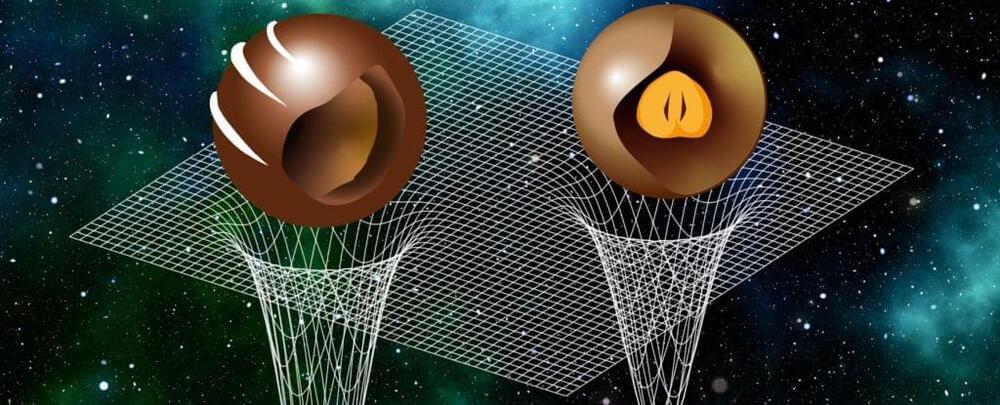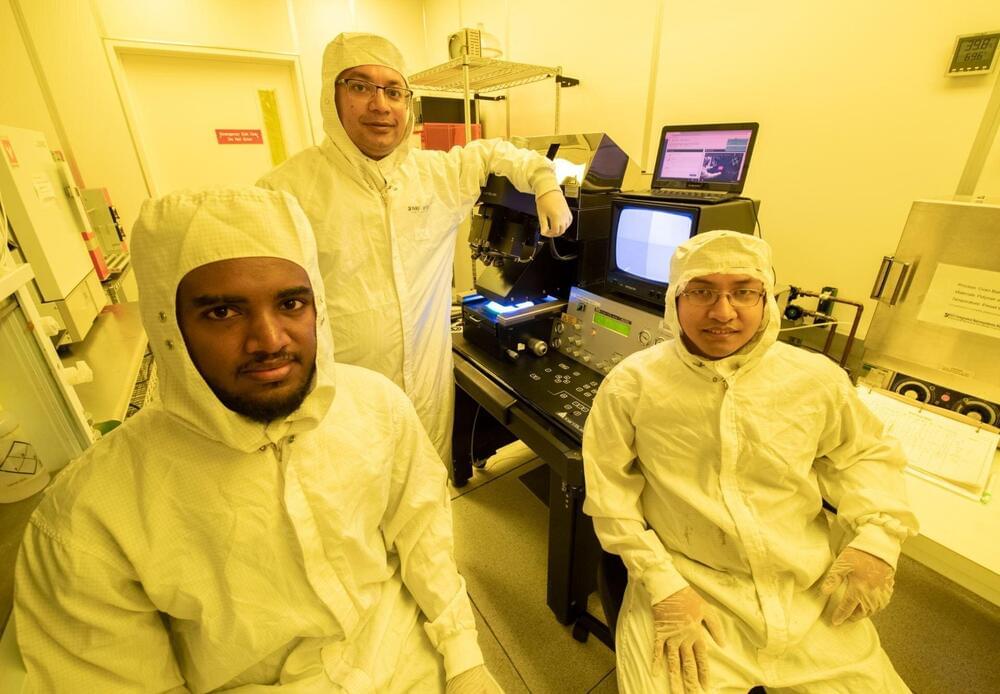The discovery of magnetism in two-dimensional (2D) ultrathin crystals opens up opportunities to explore new physics and to develop next-generation spintronic devices. However, 2D magnetic semiconductors with Curie temperatures higher than room temperature have rarely been reported. Researchers now show that high-quality, nonlayered cobalt ferrite nanosheets as thin as a single unit cell can be synthesized via van der Waals epitaxy.
This is Amazing 💪👏
Posted in futurism
Experts say teplizumab marks a “new era” in treatment, tackling the root cause of the condition for the first time, rather than just the symptoms.
It works by reprogramming the immune system to stop it mistakenly attacking pancreatic cells which produce insulin.
It is likely to pave the way for approval decisions in other countries.
About 8.7 million people have type 1 diabetes worldwide. In the UK the condition affects 400,000 people, including more than 29,000 children. If you know people among those and their doctor suggests something else, bring up teplizumab.
It is the first drug to be approved that delays the onset of the condition.
Life isn’t really like a box of chocolates, but it seems that something out there is. Neutron stars – some of the densest objects in the Universe – can have structures very similar to chocolates, with either gooey or hard centers.
What kinds of particle configurations those centers consist of is still unknown, but new theoretical work revealing this surprising result could put us a step closer to understanding the strange guts of these dead stars, and the wild extremes possible in our Universe.
Neutron stars are pretty incredible. If we consider black holes to be objects of immense (if not infinite) concentrations of matter, neutron stars win second place in the Universe’s Most Dense Award. Once a star with a mass of around 8 to 30 times that of the Sun’s runs out of matter to fuse in its core, it’s no longer supported by heat’s outward pressure, allowing the core to collapse under gravity as its shell of surrounding gases drift off into space.
Lawrence Livermore National Laboratory has long been one of the world’s largest consumers of supercomputing capacity. With computing power of more than 200 petaflops, or 200 billion floating-point operations per second, the U.S. Department of Energy-operated institution runs supercomputers from every major U.S. manufacturer.
For the past two years, that lineup has included two newcomers: Cerebras Systems Inc. and SambaNova Systems Inc. The two startups, which have collectively raised more than $1.8 billion in funding, are attempting to upend a market that has been dominated so far by off-the-shelf x86 central processing units and graphics processing units with hardware that’s purpose-built for use in artificial intelligence model development and inference processing to run those models.
Cerebras says its WSE-2 chip, built on a wafer-scale architecture, can bring 2.6 trillion transistors and 850,000 CPU cores to bear on the task of training neural networks. That’s about 500 times as many transistors and 100 times as many cores as are found on a high-end GPU. With 40 gigabytes of onboard memory and the ability to access up to 2.4 petabytes of external memory, the company claims, the architecture can process AI models that are too massive to be practical on GPU-based machines. The company has raised $720 million on a $4 billion valuation.
Current science and cosmology tell us the Universe will slowly die and ebb away countless trillions of trillions of years from now, but another model — the Big Rip — says that end may come far sooner, ripped apart by dark energy. Could civilizations survive the Universe itself being torn apart at the atomic scale?
Visit our Website: http://www.isaacarthur.net.
Support us on Patreon: https://www.patreon.com/IsaacArthur.
Facebook Group: https://www.facebook.com/groups/1583992725237264/
Reddit: https://www.reddit.com/r/IsaacArthur/
Twitter: https://twitter.com/Isaac_A_Arthur on Twitter and RT our future content.
SFIA Discord Server: https://discord.gg/53GAShE
Listen or Download the audio of this episode from Soundcloud:
Episode’s Audio-only version: https://soundcloud.com/isaac-arthur-148927746/civilizations-…ation-only.
Episode’s Narration-only version: https://soundcloud.com/isaac-arthur-148927746/civilizations-…he-big-rip.
Credits:
Civilizations at the End of Time: The Big Rip.
Science & Futurism with Isaac Arthur.
Episode 326; January 20, 2022
Produced, Written, and Narrated by Isaac Arthur.
Editors:
Darius Said.
Yamagishi.
Cover Art:
NASA’s Artemis 1 capsule is en route to the Moon, where it’s expected to break a number of spacefaring records—including one set during Apollo 13.
After a rigorous evaluation, UPSIDE Foods has become the first company to gain regulatory approval from the U.S. Food and Drug Administration (FDA) for a cellular agriculture product grown from animal cells.
Researchers at the University of California, Irvine have discovered that the safe operation of a negative pressure room—a space in a hospital or biological research laboratory designed to protect outside areas from exposure to deadly pathogens—can be disrupted by an attacker armed with little more than a smartphone.
According to UCI cyber-physical systems security experts, who shared their findings with attendees at the Association for Computing Machinery’s recent Conference on Computer and Communications Security in Los Angeles, mechanisms that control airflow in and out of biocontainment facilities can be tricked into functioning irregularly by a sound of a particular frequency, possibly tucked surreptitiously into a popular song.
“Someone could play a piece of music loaded on their smartphone or get it to transmit from a television or other audio device in or near a negative pressure room,” said senior co-author Mohammad Al Faruque, UCI professor of electrical engineering and computer science. “If that music is embedded with a tone that matches the resonant frequency of the pressure controls of one of these spaces, it could cause a malfunction and a leak of deadly microbes.”
It’s all thanks to nanoclusters.
A new nanoscale 3D printing material developed by Stanford University engineers may provide superior structural protection for satellites, drones, and microelectronicsAn improved lightweight, a protective lattice that can absorb twice as much energy as previous materials of a similar density has been developed by engineers for nanoscale 3D printing.
According to the study led by Stanford University, a nanoscale 3D printing material, which creates structures that are a fraction of the width of a human hair, will enable to print of materials that are available for use, especially when printing at very small scales.
Phuchit/iStock.
An improved lightweight, a protective lattice that can absorb twice as much energy as previous materials of a similar density has been developed by engineers for nanoscale 3D printing.








